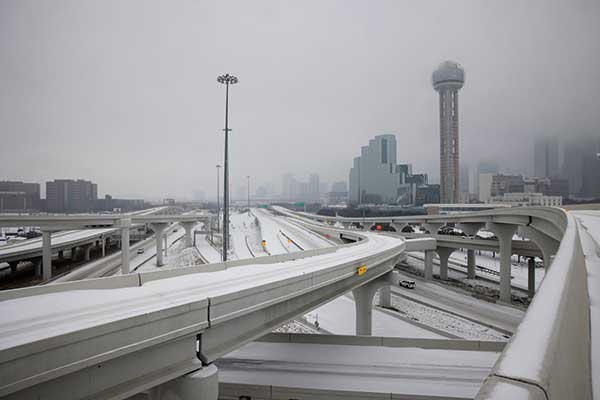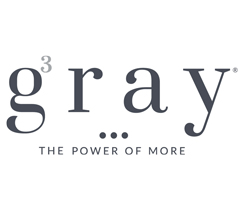Consumers seek backup power one year after Texas storm, grid failure
A year after Winter Storm Uri caused widespread power outages in Texas, consumers are turning to generators to mitigate power disruptions caused by severe weather, according to a study commissioned by the Propane Education & Research Council (PERC).

Winter Storm Uri left much of Texas without power in February 2021, and there has been an uptick in demand for propane-fueled generators in the state. Photo: Gabriel Cano/iStock / Getty Images Plus/Getty Images
Designed to gauge consumer confidence in the electric grid, the study showed 23 percent of the more than 4,000 respondents purchased a generator over the past two years, and 54 percent considered one.
“Electricity is a fundamental resource, and when it’s not available, propane can reliably and safely fill the gap,” says PERC President and CEO Tucker Perkins. “Propane-powered generators can keep the lights on when the grid goes down, making them an excellent solution for ensuring resiliency.”
During Winter Storm Uri, many Texas communities relied on propane as an emergency power source when the electric grid failed.
After going days without power during Uri, the Chappell Hill, Texas, volunteer fire department installed a 1,000-gallon propane tank and standby generator to ensure they can deploy their trucks and power their facility for residents who need a warm, safe place to stay, reports PERC. Other first responders have adopted propane equipment to address an increase in the frequency and intensity of severe weather events impacting the electric grid.
Over the past four decades, extreme weather events have increased, on average, by 4.4 percent in the U.S., according to the National Oceanic and Atmospheric Administration. More than 300 weather events that each caused over $1 billion in damage have hit the U.S. since 1980, with high-impact disasters increasing significantly since 2007.
“We encourage city leaders to include propane on their emergency checklist,” says Perkins. “Uri showed us the severe complications that arise when electricity is not available for extended periods of time, and we’re committed to providing a reliable and affordable energy source for all Americans.”
During a weather emergency, propane is commonly used for lighting, heating, cooking, operating medical equipment, transportation and powering critical infrastructure such as police and fire stations, hospitals, emergency shelters and cell towers.
















